Breakdown Policy – Do You Have One?
Do you have a breakdown policy? If not, you should. A policy helps guide players actions at the breakdown. Alongside accurate skill execution, it can help to win the race. Having a policy does not replace good decision making, but when executed well it can greatly enhance it.
So, what does a breakdown policy look like?
Most teams will include a list of non-negotiable points in the policy. These would usually include:
- Carry with evasion
- Leg drive
- Present the ball
- Ball carrier plus 2
- Remove threats
- Control space over the ball
Other teams may go deeper and include these:
- Fight to stay up
- Ball presentation outside place or inside place
- Control top shoulder
- Fight on ground
- Always clean over the ball – often at the head of the ball carrier
- Numbers to the breakdown as needed
- Take space past the ball
- Tackle the tackler – create a ‘speed bump’
- Move ball if available
Actions may be further detailed based on the answer to these questions:
- Is it a defensive breakdown or an attacking one?
- Quick ball or slow ball?
- Are we kicking from the breakdown?
- Where on the field are we?
I will cover a few different methods in this article but I suggest you check out some of the excellent videos on the Rugbysite by Warren Gatland, Eddie Jones and Josh Syms to look for options that will work for your team in your competition.
Carry
Let’s start at the beginning with the carry. A good carry has a massive effect on the quality of the breakdown. Support players are moving forward which gives them better vision and better vision helps make better decisions. The opposition are moving back which means getting numbers around the ball can be difficult and their defensive line may be jeopardised. From a mindset point of view, a team going forward has a feeling of greater control of the situation.
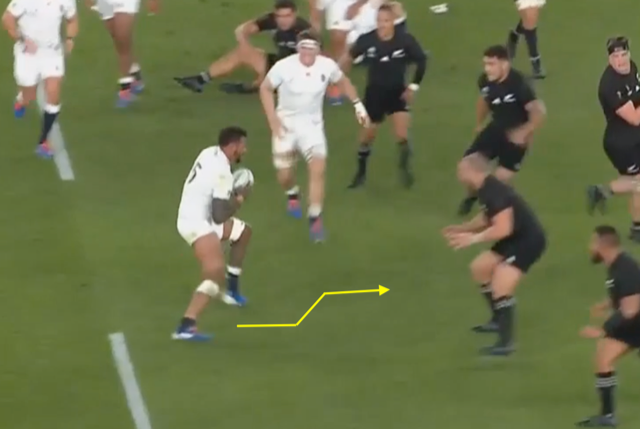
In the image above we see how footwork and an attitude to run into space (or weak shoulders) helps the ball carrier make gain line plus. The video shows other methods such as shifting the ball one more pass or working hard when going to ground.
Top Shoulder
There are many methods used for ball placement and most are governed by the speed of the ball or the threats to it. One controlling feature is the use of the top shoulder. As a player falls in the tackle, they must protect the ball from any threats and closing down the top shoulder helps do this. So, whether you commando crawl, roll or staple, it is the control of your top shoulder that increases your chances of recycling the ball and hindering the opposition threats.
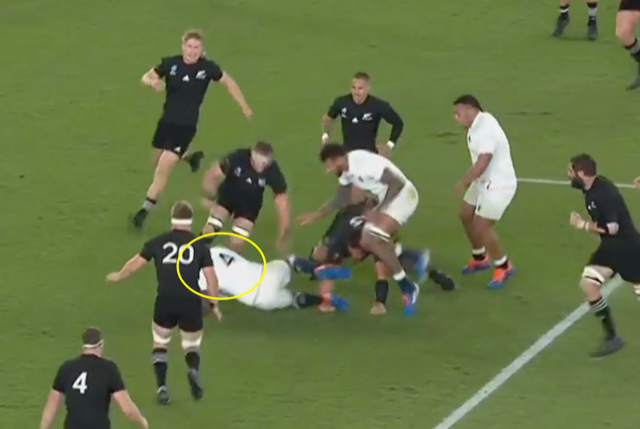
In this image we see how Maro Itoje works hard on the ground to close down his top shoulder and not give the defence easy access to the ball.
Win the Race
For the support players and the opposition looking to secure the ball it is all about the ‘race’. The race to get over the ball to protect vs the opponent who is looking to steal or slow down the ruck.
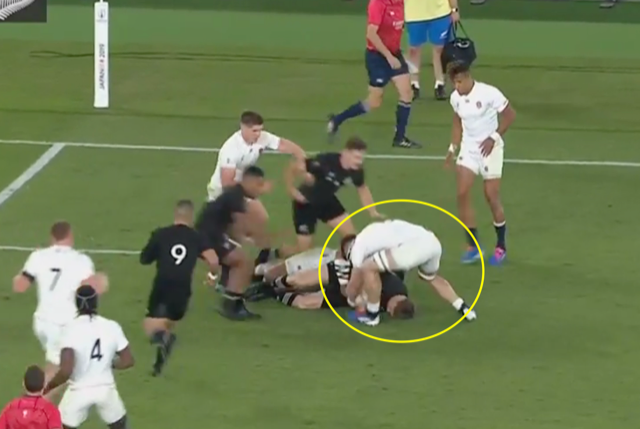
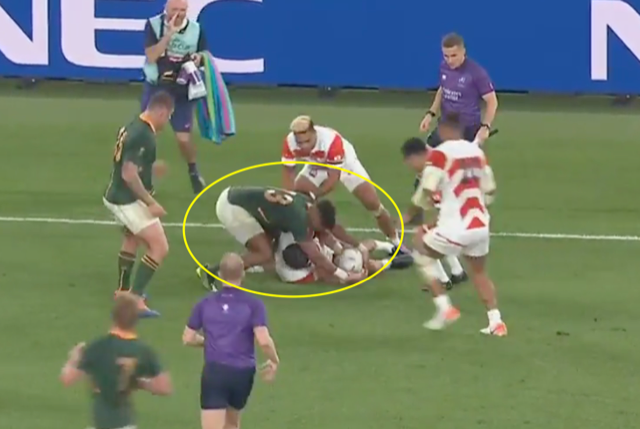
In the images above we see two clean steals by opposition players who won the race to the space over the ball. The video shows how in both situations the players stealing the ball quickly get their hands to it as they turn their hips to face upfield. Each one tracks over the head of the ball carrier giving them clear access to the ball while their most imminent threats are tracking around the legs of the player on the ground. Tracking around the legs in this way makes it harder to get to the ball first and also makes it difficult to get their hips around to face upfield and drive forward.
Ball Presentation
To increase the odds of winning the race to the ball, a coach should have a policy on ball placement. For example, getting the tackled player to always place the ball on the outside gives the support player a better advantage of getting to that space first. This can be difficult to do but with practice it makes all the difference. Some teams may refine the policy even further and have the ball carrier turn to the direction of the next phase or always place differently when on the edges. This sort of detail would be a coaches’ call based on their game plan in attack.
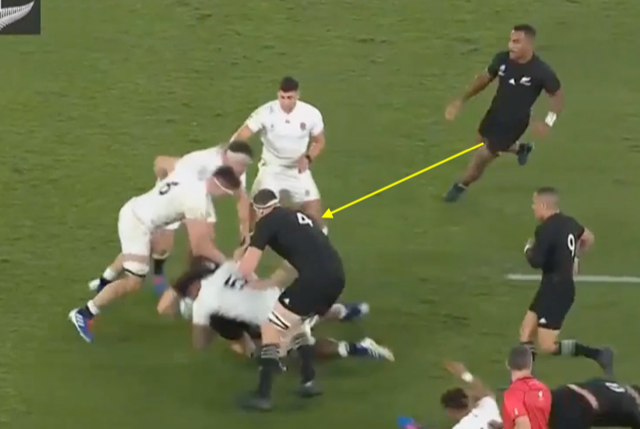
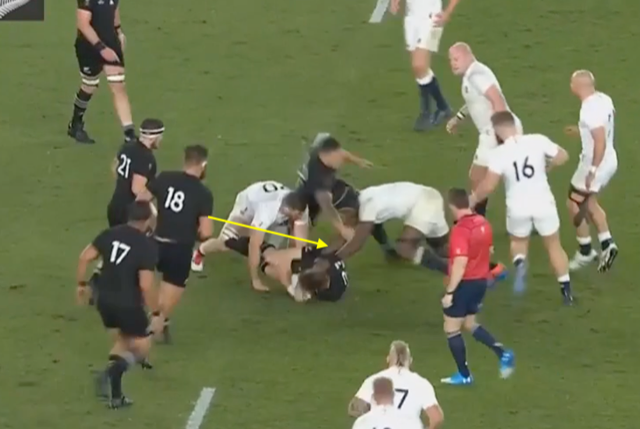
These images highlight the players that are in a far better position to win the race to the ball by cleaning out over the head of the player on the ground. In the top image shows the ball is turned over while in the bottom image the ball is slowed down. Both examples have the players removing the threats on an angle and traveling around the legs of the player on the ground. In the turnover the opposition was quickly into a strong position: low, with hips pointing upfield. With the slower ball clip, notice how a defender on the far side had just enough time to adjust and get to near side, giving them one more player in the D line.
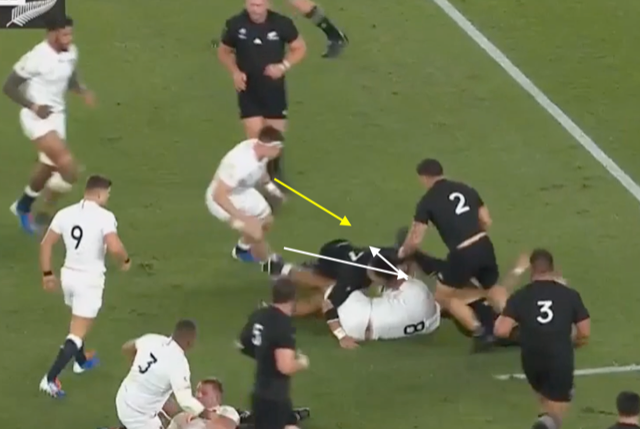
The above image shows how a player running on an extreme angle can still turn in to increase the chances of his support player winning the race and tracking over his head. The final section of the video also shows how the threat of Ardie Savea is removed from the next phase.
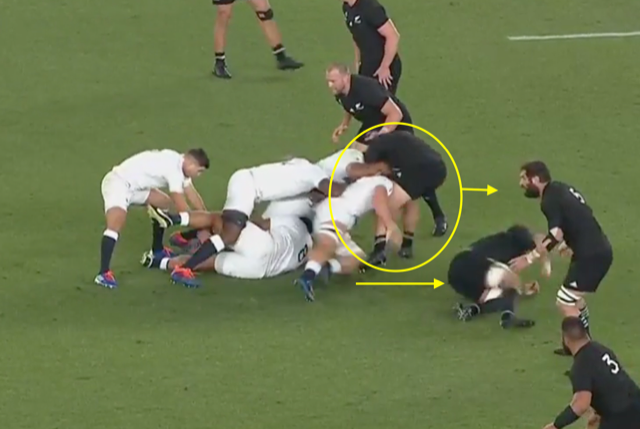
Creating a ‘Speed Bump’
In this image and its accompanying video notice how the players clean out as a compact and powerful unit, going beyond the ball and putting the immediate threats on the ground. With the ball quickly away, those players on the ground provide an obstacle or ‘speed bump’ for the defenders’ fold. There are variations of this method but most commonly it would be part of a policy to ‘tackle the tackler.’
Removing Threats
As coaches we often use terms like ‘win the shoulder battle’ and ‘shoulder under sternum’ etc. These are useful terms I encourage you to use. However, there are times when this is impossible. In those situations, speed into contact and leg drive become key elements when removing a threat – whether that is a threat to the ball or a threat to attacking momentum.
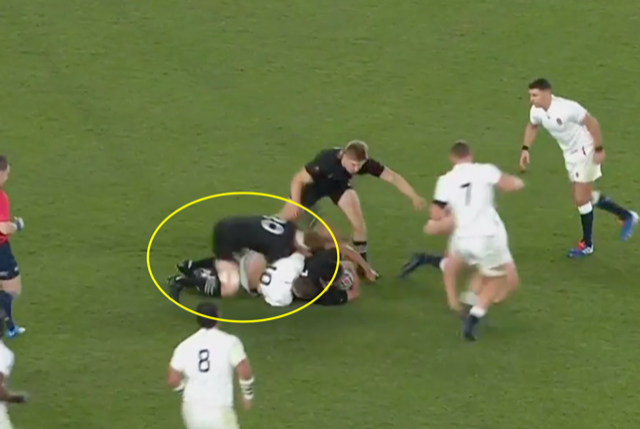
This image shows a player who has fallen on the wrong side of the breakdown and is potentially slowing the attack. The only way to quickly remove this player is to get low and activate leg drive to drive them away from the ball. The video shows Sam Cane doing exactly that.
The examples shown here are just a few of the methods used to help a coach establish their own breakdown policies.
If you’re still not sure you need a policy, consider this – The breakdown is such a huge part of the game that leaving it to chance could make all the difference between winning and losing. It’s an old adage but is as true as ever – ‘win the breakdown, win the game.’
Check out more posts from Dave



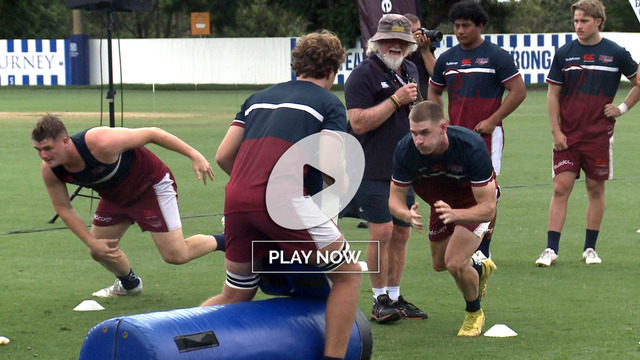
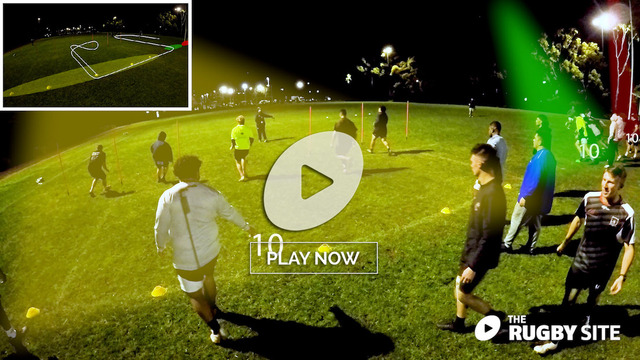

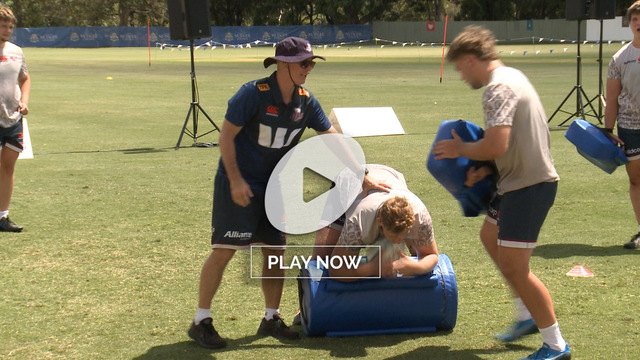
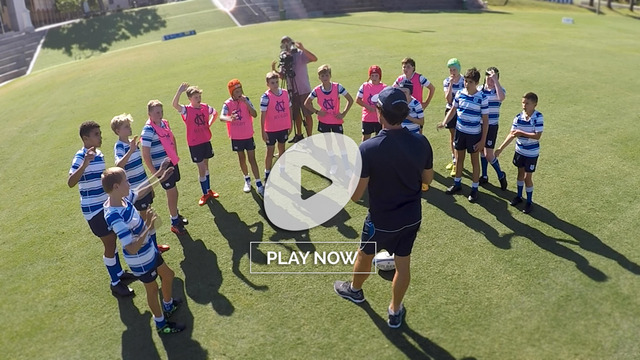

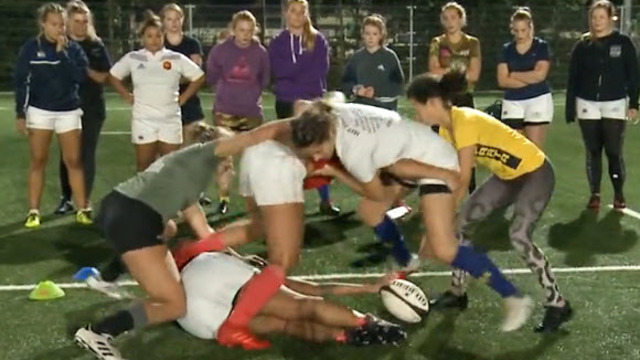

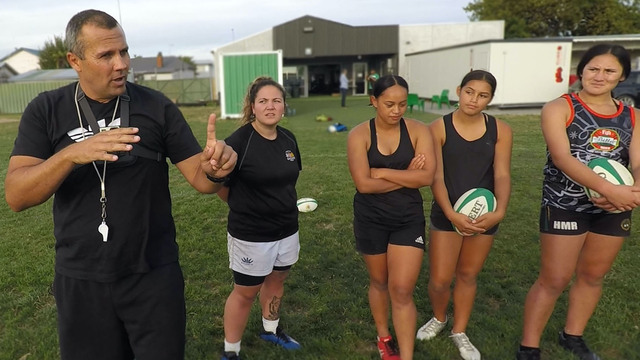

.jpg)
.jpg)
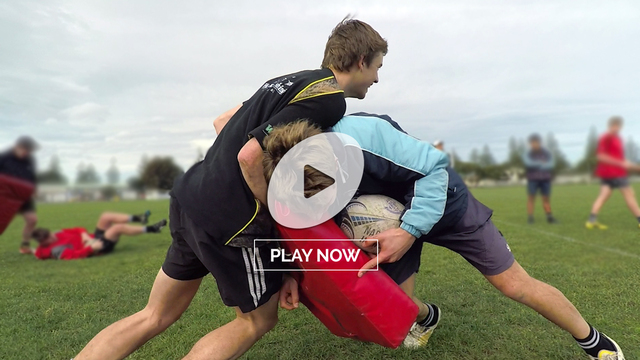
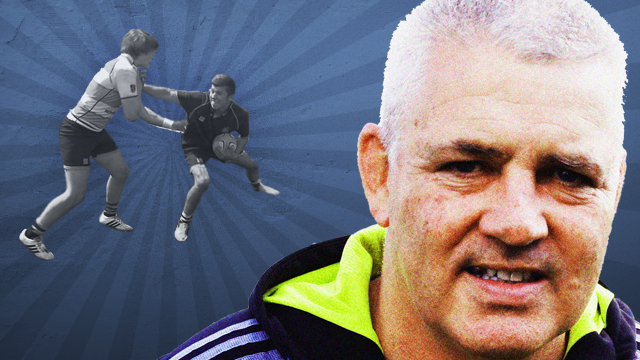
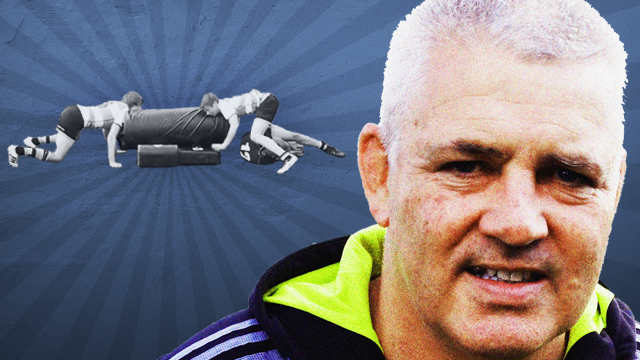
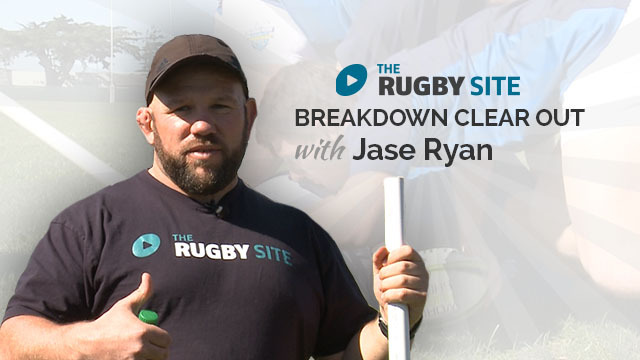
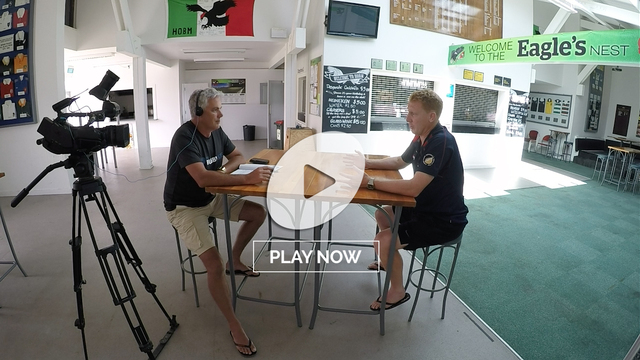
_no_button.jpg)

